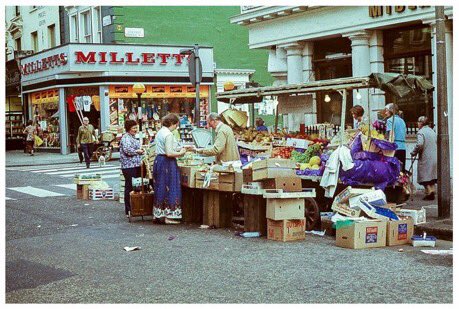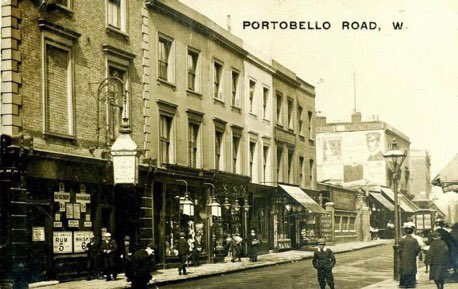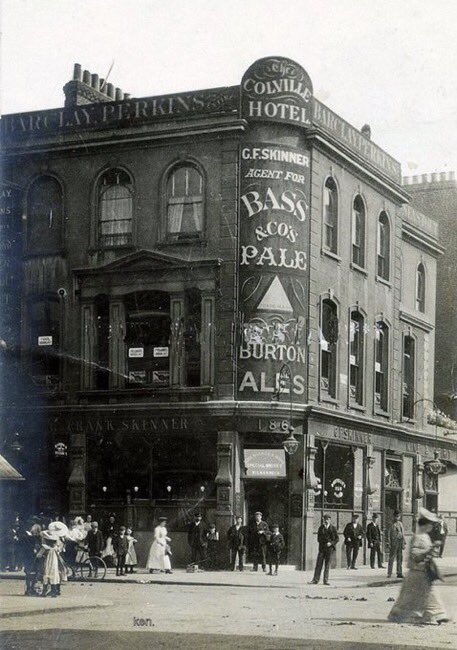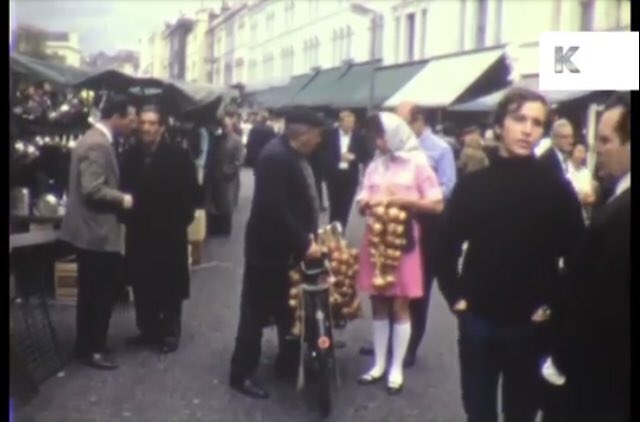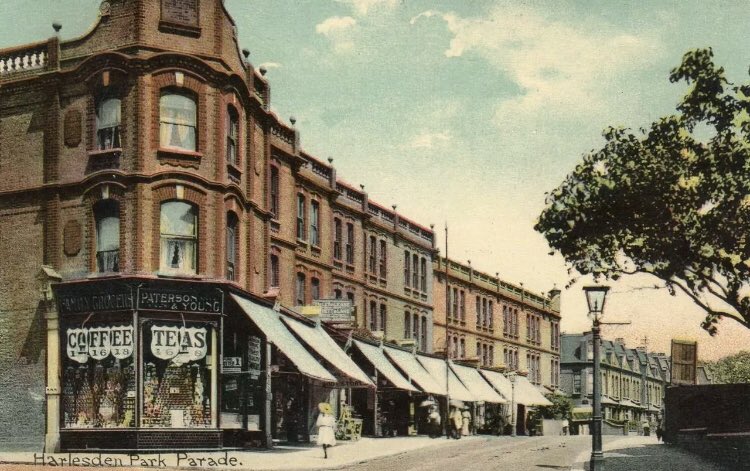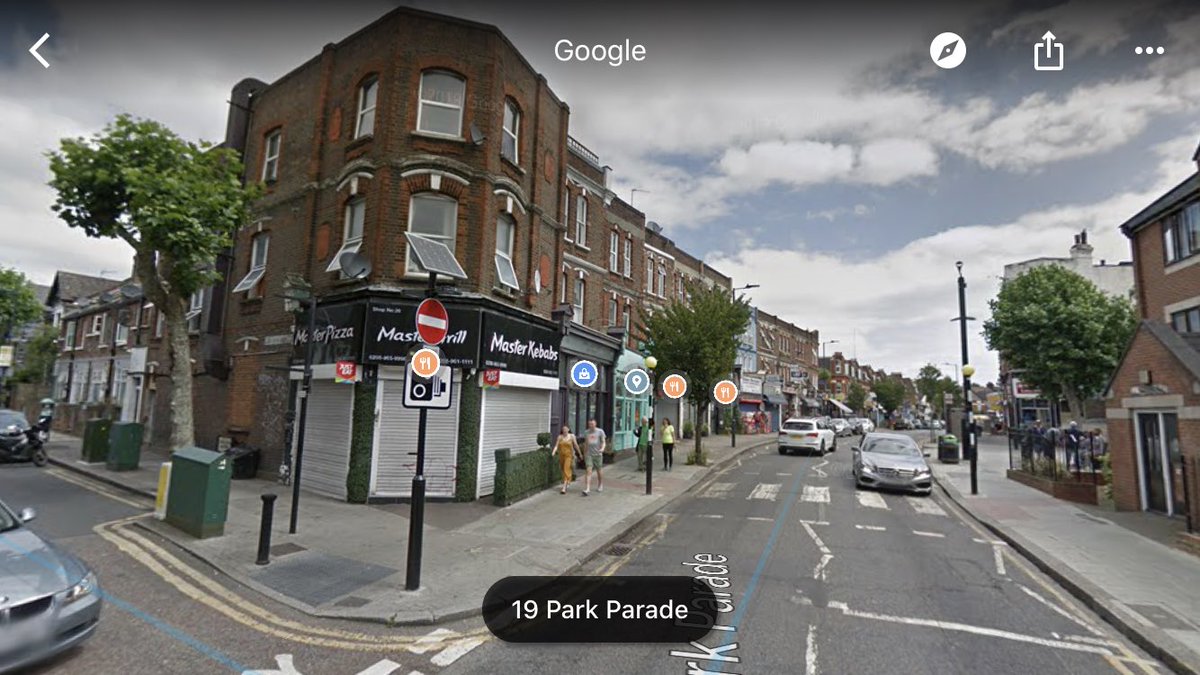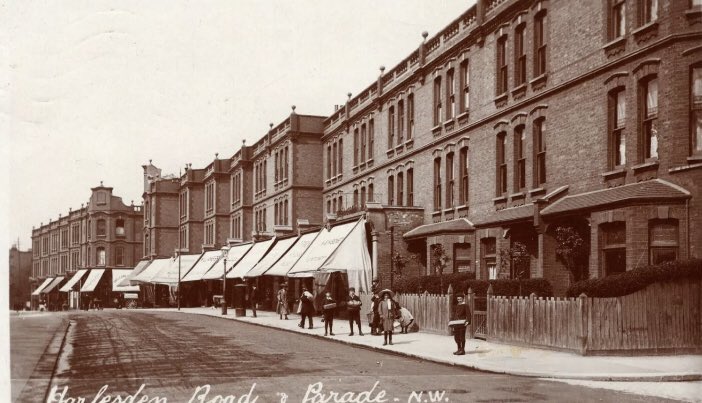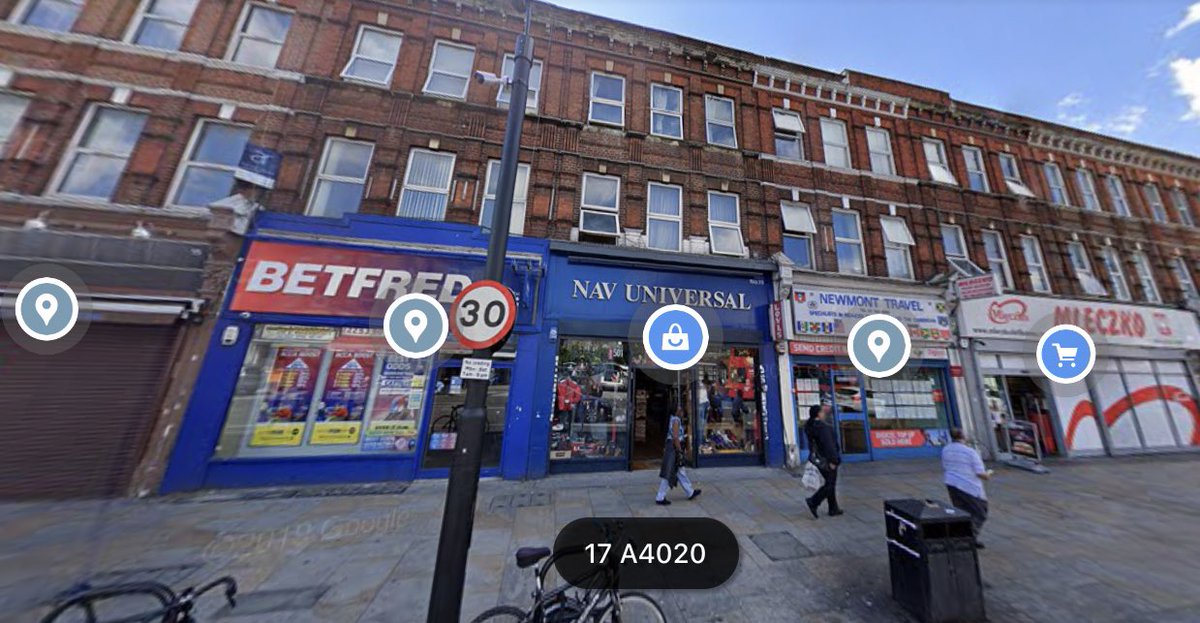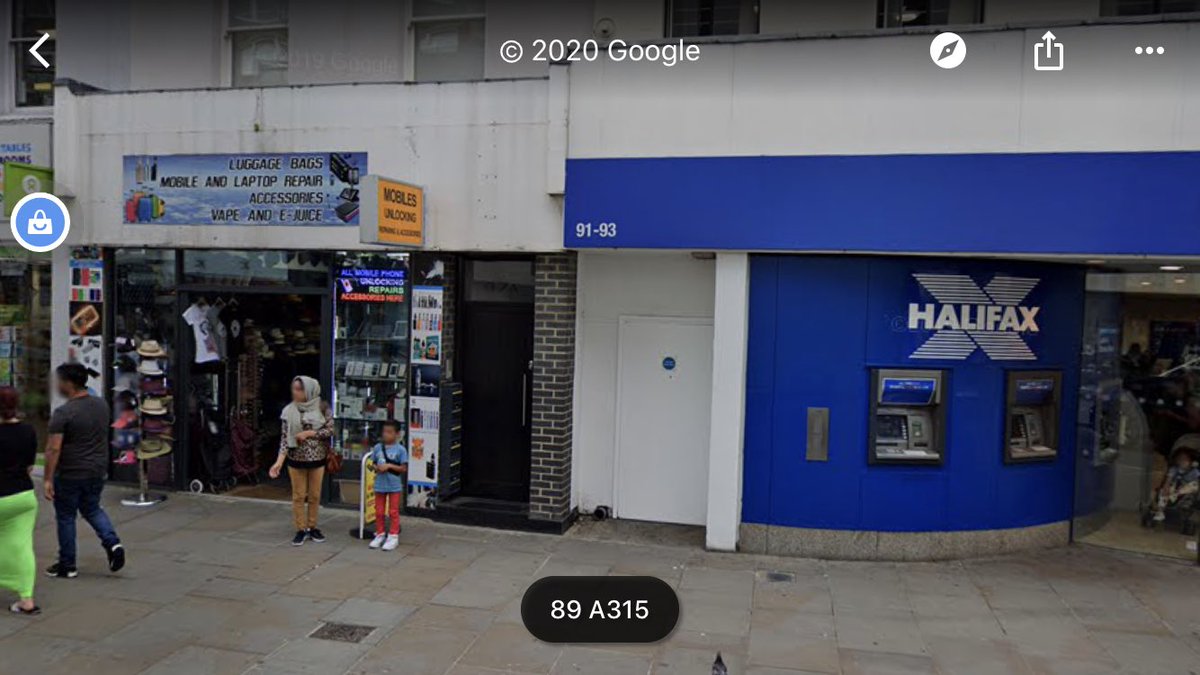
Portobello Road - share your memories here. I will share photographs in this thread. It’s a wonderful street. 

There’s a lovely short film here of the market in the 1980s player.bfi.org.uk/free/film/watc… 

Here’s R C Meeks newsagents and confectioners on Portobello - thank you to his grandson @badoozleby Kevin Meeks. 

From @FlipLondonTours here’s Finch’s Public House 

This disturbing film, a psychodrama brimming with sexual tension and set in Portobello market is about as far away as it can be to the happier romance of the 1999 #NottingHill film. The backdrop of Portobello road in 1963 is fabulous. player.bfi.org.uk/free/film/watc…
Portobello Rd in 1982
(Michael Rogge Video)
(Michael Rogge Video)
The market in the late seventies, early eighties.
(Watch this Kino Archive film)
(Watch this Kino Archive film)
Notting Hill Carnival in the late seventies with a brief glimpse of Portobello Road. (From Vestry House Museum/ London Screen Archives) You can see all the film here londonsscreenarchives.org.uk/title/20556/
• • •
Missing some Tweet in this thread? You can try to
force a refresh

